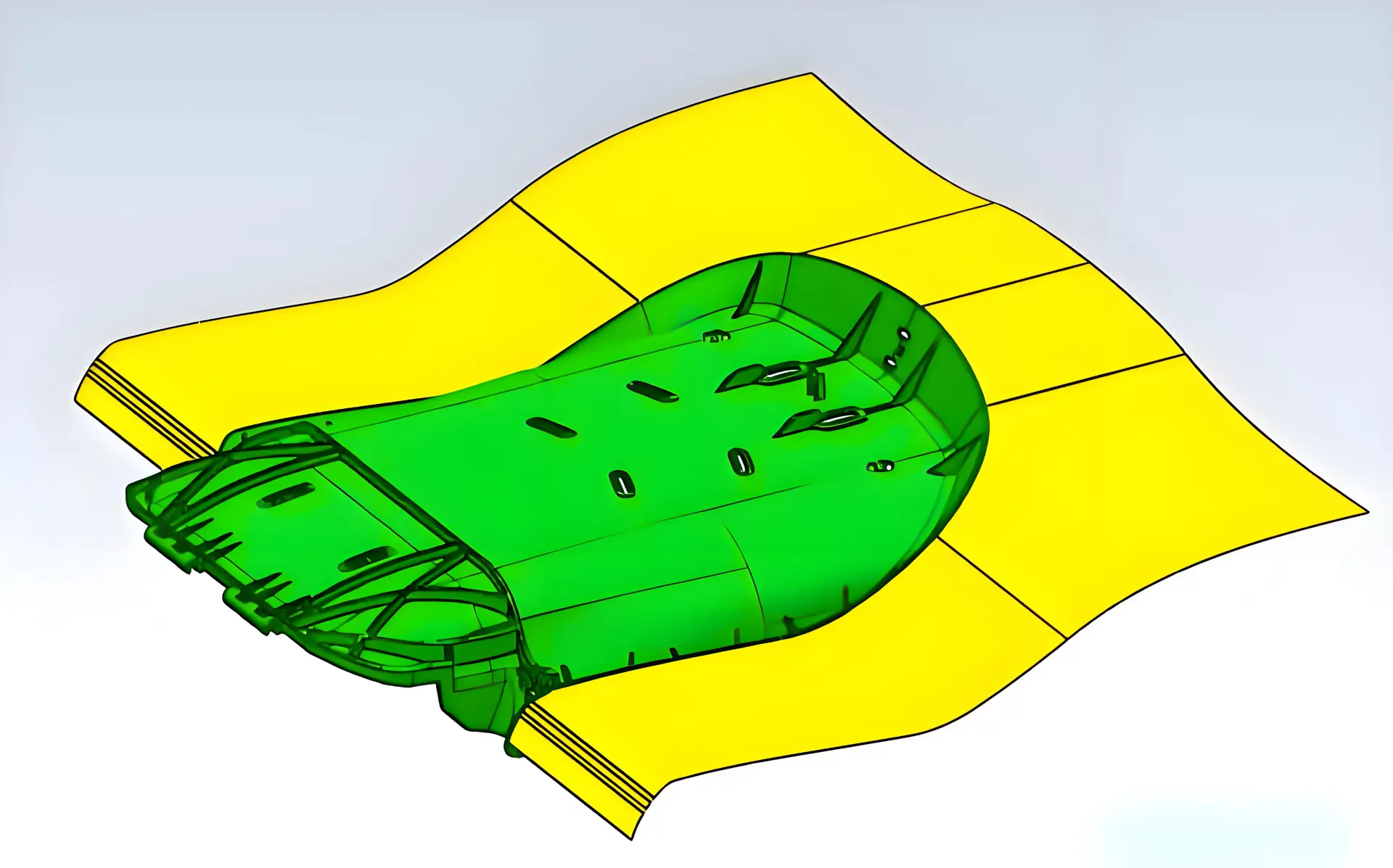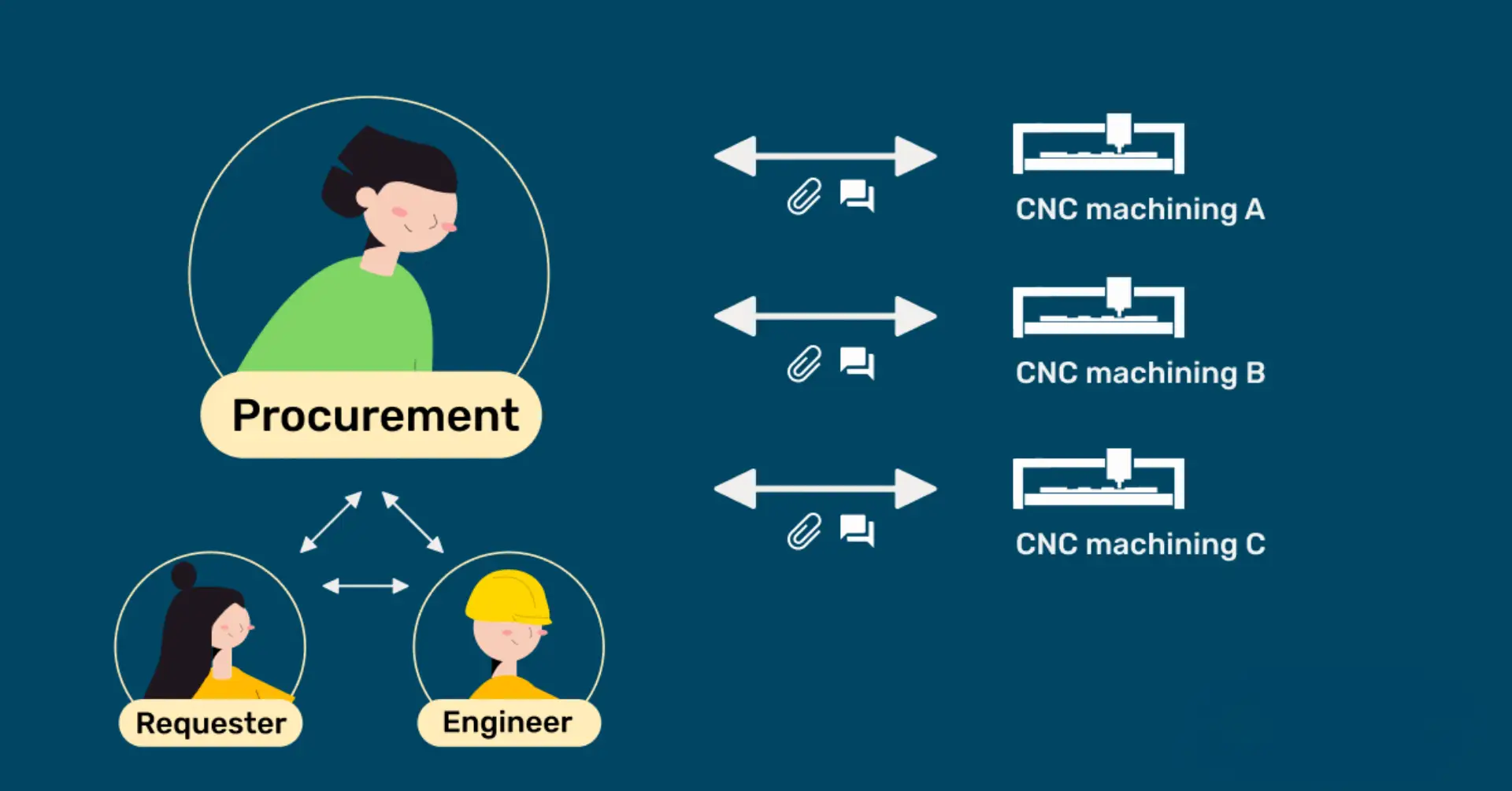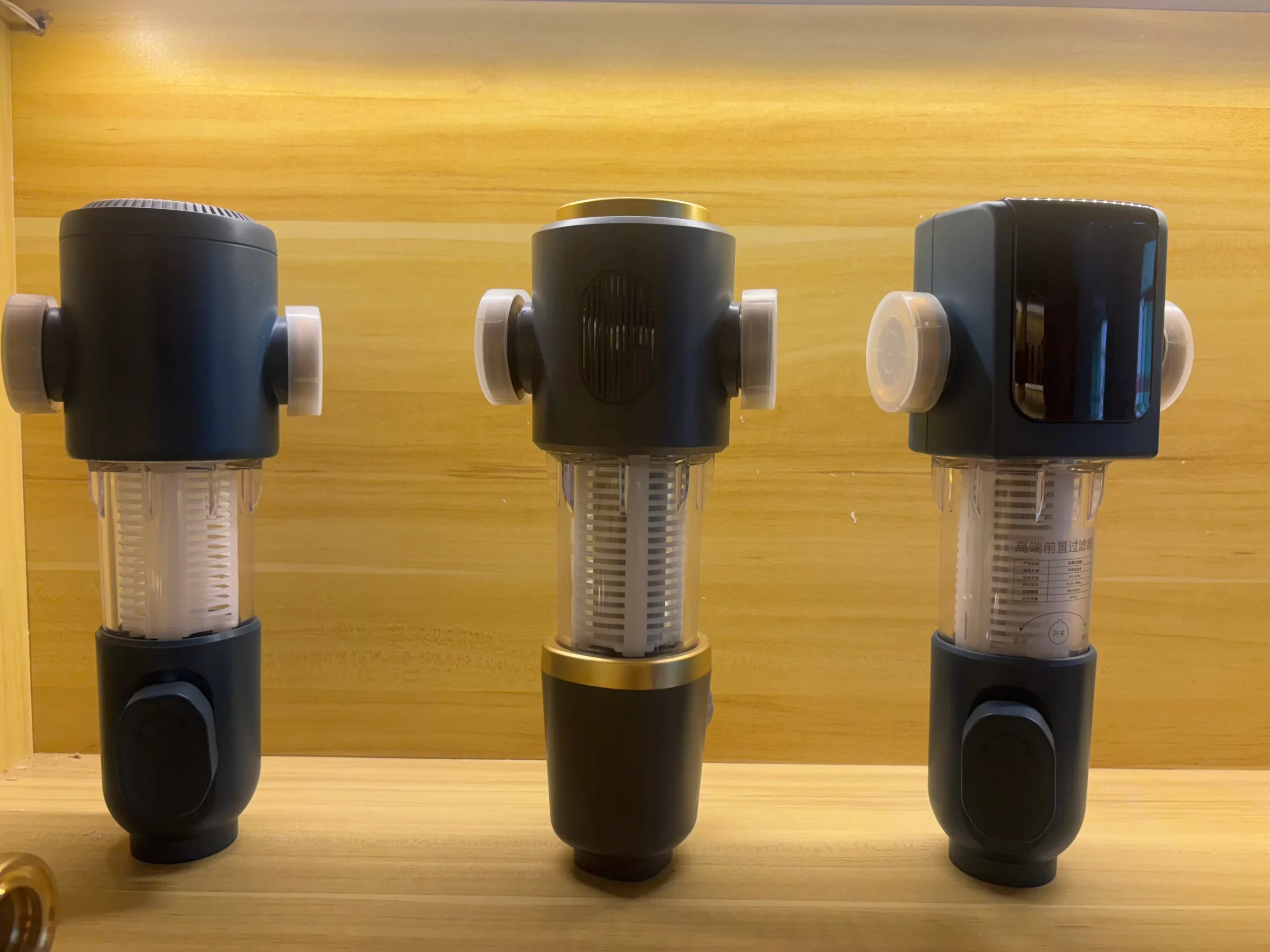Having a good PCBA design is no longer only about technical performance in the competitive product environment of today; rather, it is about designing an experience. The appearance and feel of electrical devices are equally as crucial as their performance. PCBA design may either enhance a product or leave it seeming like an afterthought, from the shape of the board to the arrangement of the components.
Brands that want to stand out must mix function with form as technology gets increasingly evident in daily life. Let’s explore useful PCBA design techniques that enhance product appeal and support the development of a lasting impression.
Making Aesthetic Choices Part of PCBA Design
PCBA design is about what feels good to the sight and the hand, not only about what fits where. Today’s consumers perceive the tiniest details—even in components they might not see every day. Quality is immediately indicated by a well laid out board with clean lines, complementing color palettes, and smooth textures. Custom board forms or understated design accents can dramatically alter the feel of a gadget when held or opened.
Parts like the PCB are no longer concealed given increasing desire in open or transparent packaging and clear device enclosures. That turns a nice-looking board into a design benefit. Businesses that consider PCBA design as a kind of visual branding usually have better user happiness and more brand awareness.
Use of Color to Boost Brand Identity and Clarity
In PCBA design, color is among the easiest and most powerful tools. Many circuit boards default to green, but businesses nowadays frequently investigate a complete spectrum—from blue to black to vivid red. These options go beyond simple decoration. They are somewhat brand signature.
Color coding helps function as well. It hastens troubleshooting for technicians. For teachers and students, it simplifies circuit knowledge. For the business, it relates to package design and product packaging to keep a consistent brand image. Done correctly, colored PCBs can even shorten training time for support staff and enhance safety in user settings.
Thoughtful Component Layout That Feels Organized
A well-planned arrangement not only promotes smooth electrical performance but also provides a sense of order. That feeling of order has a psychological impact—it fosters confidence. While a clean, symmetrical layout indicates thorough preparation, a crowded, uneven one may indicate low-quality design.
Symmetrical designs, uniformly spaced components, and simple visual patterns in contemporary PCBA design produce a more attractive result. This is not only about appearance. Well-organized designs help service technicians identify problems, which can help lower repair costs and timeframes. A tidy layout also permits better airflow and temperature regulation, therefore extending the life of the gadget.
Integrating LEDs for Both Looks and Feedback
Lighting is no longer a status indicator. Strategically placed LEDs can generate moods, provide real-time input, or just add flair nowadays. Lighting may change how people perceive a device from directional cues to soft glow rings.
Good PCBA design emphasizes the visual narrative of the product using LED positioning. It might go well with the package design or enhance the screen interface. From a crisp backlight to a delicate breathing effect, LED integration gives personality and polish. More significantly, these lighting selections provide the sense of high-end design and boost user involvement even if the device itself is simple.
Custom Shapes That Break the Mold
PCBA design might be non-rectangular. Many companies now advocate bespoke board forms to match particular enclosures or provide a certain feel. Today’s devices are not unusual in their circular boards, L-shapes, or even wave-like geometries.
Custom forms enable inventive package design and help engineers to maximize internal space. Wearables, small devices, and premium technology all benefit particularly from this approach. When done correctly, it enhances the individuality of the product and makes it immediately obvious. Furthermore, a unique form frequently becomes a component of the narrative surrounding the company, so distinguishing it in a competitive market.
Gold Plating That Feels Premium
In PCBA design, gold plating provides more than simply great conductivity; it also adds a clear indicator of quality. Customers link gold-toned contacts or connections to performance and elegance.
Gold components shine nicely under lights, therefore enhancing unboxing or examination. It slightly improves the presentation of product packaging and informs consumers the company cares about detail. Although it is more expensive, its reward in consumer confidence and perceived value may be considerable, particularly in premium product lines.
Linking PCBA Design to Product Packaging
PCBA design and product packaging have to complement one another. A complete-circle design experience is produced when a board appears as sharp as the container it arrives in. Many businesses now create the two together for this reason.
Matching colors, textures, or shapes between the board and its packaging produces a feeling of flow and harmony. It lessens unboxing disconnection as well. The aim is to make the consumer feel like every component of the product has been meticulously created—even those they might never use directly.
Package design starts to be more than simply a protective shell at this point. It starts to be narrative. It guides the whole experience and helps the PCBA design.
Leveraging Transparent or Flexible Substrates
Modern materials have created new possibilities in PCBA design. For instance, clear PCBs enable users view what is occurring within a gadget. Unlike conventional boards, flexible PCBs let users create unusual designs and features.
Both bring variety and thrill. Transparency shines in clear-cased devices, gaming equipment, and educational materials. On the other hand, flexibility is beneficial for curved products like folding technology or smart wearables. These materials enable innovative designs without compromising performance. Smart use of them can make a product feel user-centered and futuristic.
Consistency Across All Product Lines
Consistency is one tactic companies sometimes ignore. PCBA design should maintain a consistent concept across products just as packaging design does. That can involve employing the same board forms, silk-screen fonts, or trace patterns.
Branding in action is when consumers see a new product and immediately relate it to a prior one. It makes items seem like they belong together—part of a deliberate lineup. It also saves time for design. Using some PCBA design components again speeds up development and reduces manufacturing risk.
Designing with Manufacturing in Mind
Always good PCBA design takes into account how simple and affordable it is to produce. Avoid fancy features that increase expenses or delay manufacturing without enhancing value.
Smart design is making aesthetically pleasing boards that are nonetheless sensible to construct. That can involve selecting colors that don’t call for unusual materials or designs that permit automated assembly. The greatest plans strike a balance—they make the board look good without affecting delivery or overspending.
Our company’s own experience in Shenzhen, one of China’s main industrial centers, shows that this balance is essential. We assist customers in moving from idea to delivery by reducing expenses and accelerating the launch period. Achieving those outcomes significantly depends on good PCBA design.
Stats That Show Why Aesthetics Matter
Design-led products outperform competitors by 211% on the S&P Index over 10 years, according to the Design Management Institute. This demonstrates how crucial excellent design—including PCBA design—is to corporate success.
A further Deloitte study shows that 94% of first impressions are design-related. That covers visual aspects people would not consciously see, such circuit layout or how neatly parts are organized under a shell. From the time they open the box, these specifics influence people’s perception of a product.
Creating an Emotional Connection Through Design
Ultimately, PCBA design determines how people interact with a product. Though they never see the board, consumers experience its influence in performance, size, weight, and even sound or light output. Every design choice is therefore important.
A board that is both useful and attractive fosters trust. It makes the product feel deliberate, not just haphazard. It reflects the ideals and voice of the brand. Most significantly, it helps consumers to feel good about using the item.
Conclusion
PCBA design is a brand touchpoint, a user experience tool, and a product appeal driver, not only a technical phase. Companies who put deliberate PCBA design into practice stand to gain more than simply excellent performance. They obtain quicker routes from idea to consumer, better user evaluations, more brand loyalty, and stronger brand loyalty.
Designers may transform circuit boards into something that improves the complete product narrative by emphasizing color, layout, lighting, shape, and material selection. PCBA design produces a smooth, gratifying experience that customers of today demand when it fits package design and product packaging alignment.
Smart PCBA design techniques are essential in a world where design distinguishes between mediocre and outstanding. It’s not only about circuits anymore; it’s also about creating technology from the inside out to be human, interesting, and reliable.







